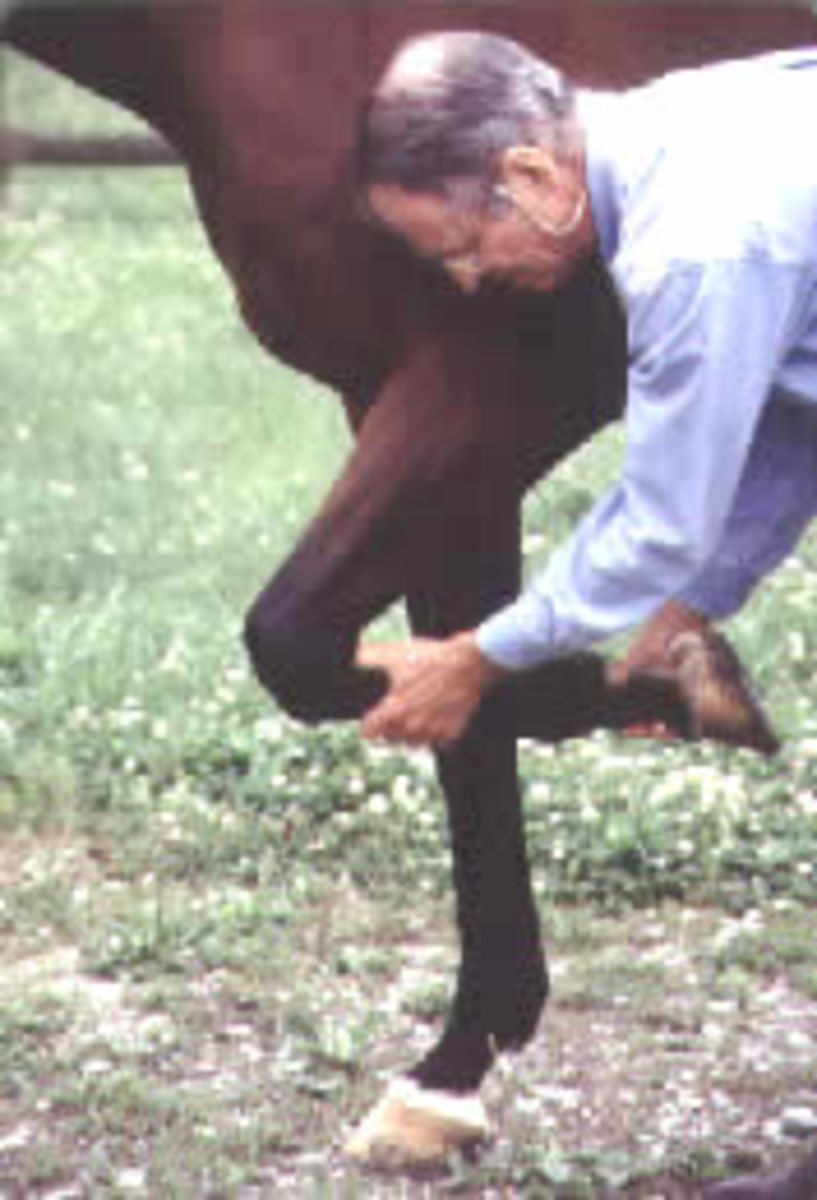Lameness and Recovery
- March 10, 2017
- ⎯ Karen Kopp Du Teil
Most of the lamenesses that horses suffer have a typical course of action that governs the days, weeks or months that will be necessary for healing. But other factors influence the prognosis of an injury and the rate of your horse’s recovery. His conformation, use and temperament are prime determinants. So is the location and severity of the injury, as well as certain biological limitations inherent in the body’s repair process. Equally important is the quality of care your limping equine companion receives.

Of course, the better informed you are about the nature of his problem, the more effective any therapy or treatment regimen is likely to be. Whatever the source of your horse’s specific unsoundness, consider these factors and how they will affect healing:
The exact location of the injury. The prognosis is less favorable if the problem involves support rather than peripheral tissue, bone instead of soft tissue, or if it’s in a joint rather than on a “straightaway.”
The anatomy of the horse’s limb as well as his overall conformation. Flaws in an individual’s skeletal design further stress a weak link, especially if they contributed to the original injury.
The extent and severity of the actual damage. A broken cannon bone, for instance, may be no more than a scarcely detectable crack, or the bone may be shattered beyond repair.
Complications. Infection, sequestration (in which a piece of bone or other tissue breaks off and is treated like a foreign object by the body), advanced age or debilitating illness can cloud the potential outcome of an injury.
Inflammatory stage. From three to five days after injury, your horse will benefit — and suffer — from his body’s attempts to mend his injury. This essential inflammation activates local pain receptors, increases the permeability of the blood vessel walls and sends immune chemicals and cells to the site via a rush of fluid that causes the area to swell. New cells multiply and repair the damage. The challenge is to mediate the reaction so that it does not become self-destructive.
Actual course of the injury. An acute problem heals relatively quickly with rest and proper rehabilitative therapy. A subacute or chronic injury, in which lameness sets on gradually and tends to recur, has a more questionable outcome unless the underlying cause is detected and treated. Degenerative conditions, which progressively worsen regardless of treatment, have the poorest prognosis.
This article originally appeared in the June 1993 issue of EQUUS magazine.





